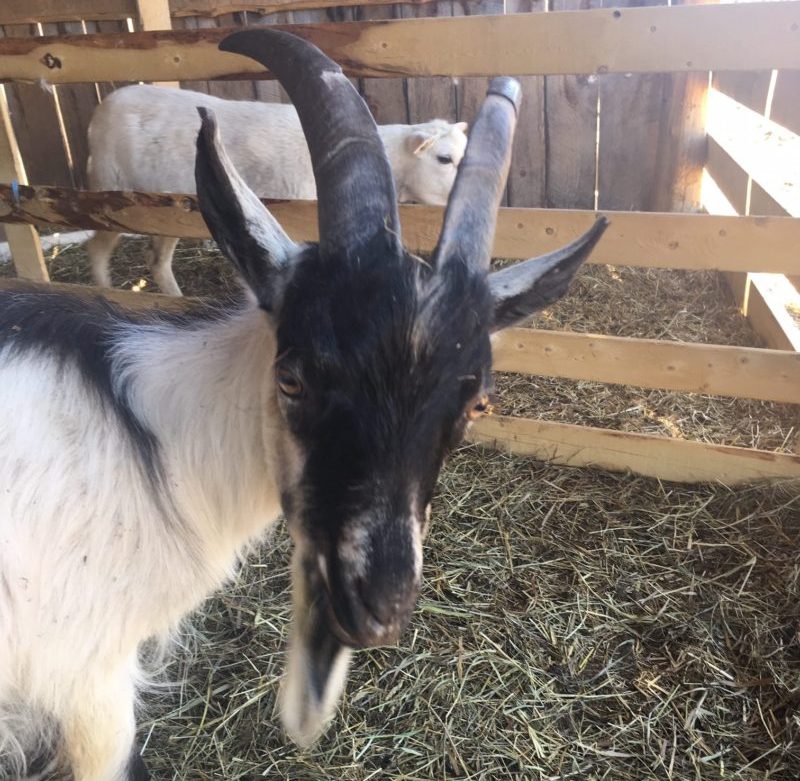Fencing is a never ending job on a pasture based farm. The fences on our farm have been hastily and poorly mended for years with barbed wire for the most part and many other things including what appears to be the remains of a shopping cart. It was one of our top priorities last year to get a strong and sturdy perimeter fence installed. Unfortunately it has been a bit more difficult than we had expected. Swamps, beaver ponds and mosquitoes have been some of the contributing factors to lengthening the ordeal. I have found it fascinating to think of the pioneers that first built these patent fences. Every tree fell by hand with an axe, then split into rails and sawn (by hand) to length for pickets. In many places we are taking down these fences because they have rotted out and fallen over, trees have grown through them and some are just not needed anymore. Mostly we are replacing them with electric fencing. The particular fence that is pictured below is actually bordering a patch of woods (about 10 acres are so), that we plan to use to raise woodland pork in the future. It is good to note at this point that beautiful, rustic fences like this one will absolutely not keep hogs in!

Since I love the character and history of these fences, I have convinced my ever obliging husband to rebuild them around the house. So at some point we will have an amazing fence around our yard and lining our driveway. Hopefully complete with moss! It is probably silly to think, but I also feel like we are respecting the work of the first farmers who built them by not throwing them in a pile and burning them. As well as building new fences, there is the job of repairing the existing ones. Several trees had blown over during the winter and damaged parts of our new high tensile electric fence that was installed last spring. Let’s just say Mike was not impressed…
I took a break from fence deconstruction and took a walk to the sugar bush to gather some wild leeks (or ramps as they are called south of the border.) Our bush has quite a large amount of them which we are quite excited about. They take 3-4 years to mature so it is important not to over harvest them. According to internet experts, you should harvest less than five percent of a patch in order to be sustainable. We have been enjoying them in soup, omelettes, salads and today I chopped some finely and added them to stuffed eggs! Can you tell we eat a lot of eggs?

As spring progresses, more and more animals join us here on the farm. One hundred meat chicks joined us earlier this week and have gotten quite comfortable in our brooder house.









So much inspiration! Thank you for all of the time it took to put together this great resource.
http://www.elwoodtrades.com.au/painters-bayside-melbourne/